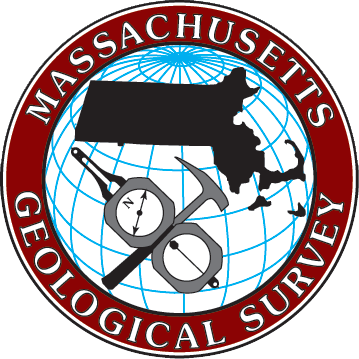| Title | Monazite geochronology of Proterozoic quartzites; a powerful tool for understanding reactivation of continental lithosphere in the Southwestern United States |
| Publication Type | Journal Article |
| Year of Publication | 2002 |
| Authors | Kopera, JP, Williams, ML, Jercinovic, MJ |
| Journal | Abstracts with Programs - Geological Society of America |
| Volume | 34 |
| Issue | 11 |
| Pagination | 26 - 26 |
| Date Published | 2002/03/01/ |
| Publisher | Geological Society of America (GSA) : Boulder, CO, United States |
| ISBN Number | 00167592 |
| Keywords | #StaffPubs, absolute age;, continental lithosphere;, crust;, deformation;, Geochronology; 03, Jawbone Syncline;, lithosphere;, Mazatzal Orogeny;, metamorphic rocks;, metamorphism;, monazite;, New Mexico;, orogeny;, Paleoproterozoic;, phosphates;, Precambrian;, Proterozoic;, quartzites;, Southwestern U.S.;, tectonics;, Tusas Mountains;, United States;, upper Precambrian; |
| Abstract | The influence of approximately 1.65 vs. 1.4 Ga tectonism on the evolution of the Proterozoic orogenic belt in the southwestern United States has been an issue of considerable debate. This belt was assembled at approximately 1.75-1.65 Ga, but recent work has highlighted a significant reactivation of the orogen at 1.4 Ga. The discovery of abundant monazite in regionally extensive, 1-2 km thick quartzites found throughout the orogenic belt may provide important new constraints on its tectonic history. These quartzites define the present regional geometry of exposed Proterozoic rocks and are believed to strongly influence local structure. Preliminary results of in-situ microprobe dating of monazite from the Ortega Quartzite in the Tusas Mountains in northern New Mexico suggest an increasing influence of 1.4 Ga tectonism from north to south within the range. Monazite from the Jawbone Syncline within northernmost part of the range consistently yields ages of 1.75 to 1.72 Ga. These monazite grains are interpreted to be mostly detrital in origin, with REE and age zoning reflecting the history of the source terranes. Monazite from an anticline immediately to the south has 1.72-1.75 Ga detrital cores with 1.67-1.68 Ga rims, implying that initial fold formation occurred during the approximately 1.67-1.65 Ga Mazatzal Orogeny. Monazite from the middle and southern Tusas Mountains is predominantly 1.4 Ga in age. This suggests that a previously documented gradient in deformation and metamorphism from north to south may reflect a multistage tectonic history for the range, with an increasingly intense overprint of 1.4 Ga tectonism to the south. Monazite has also been found in several Proterozoic quartzites in Colorado, allowing the possibility to compare and correlate deformation and metamorphism across the region. Monazite dating in thick quartzites represents a powerful tool by which the effects of approximately 1.65 and 1.4 Ga tectonism can be separated, leading to a better understanding of the evolution and stabilization of Proterozoic crust in the southwestern United States and may be an important new technique in deconvoluting the tectonic histories of other orogenic belts. |
| URL | http://silk.library.umass.edu/login?url=http://search.ebscohost.com/login.aspx?direct=true&db=geh&AN=2004-069830&site=ehost-live&scope=site |
| Short Title | Abstracts with Programs - Geological Society of America |



